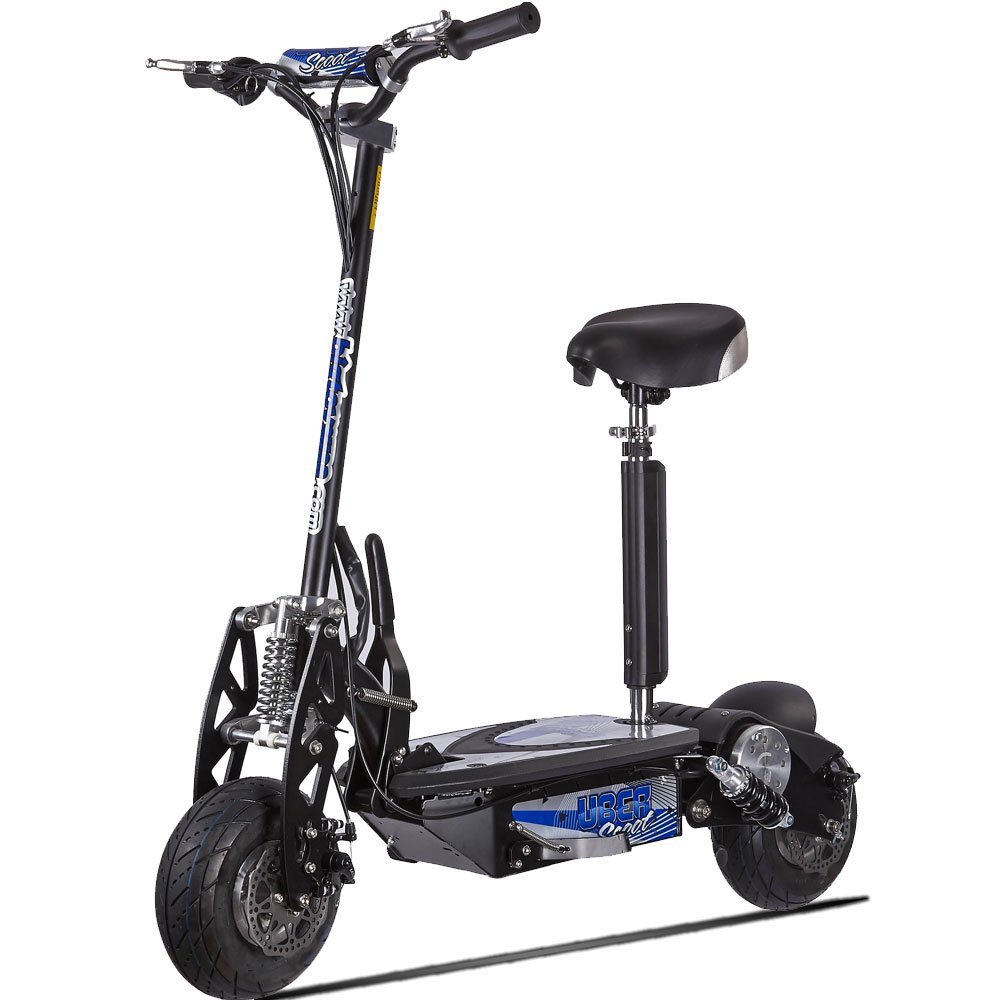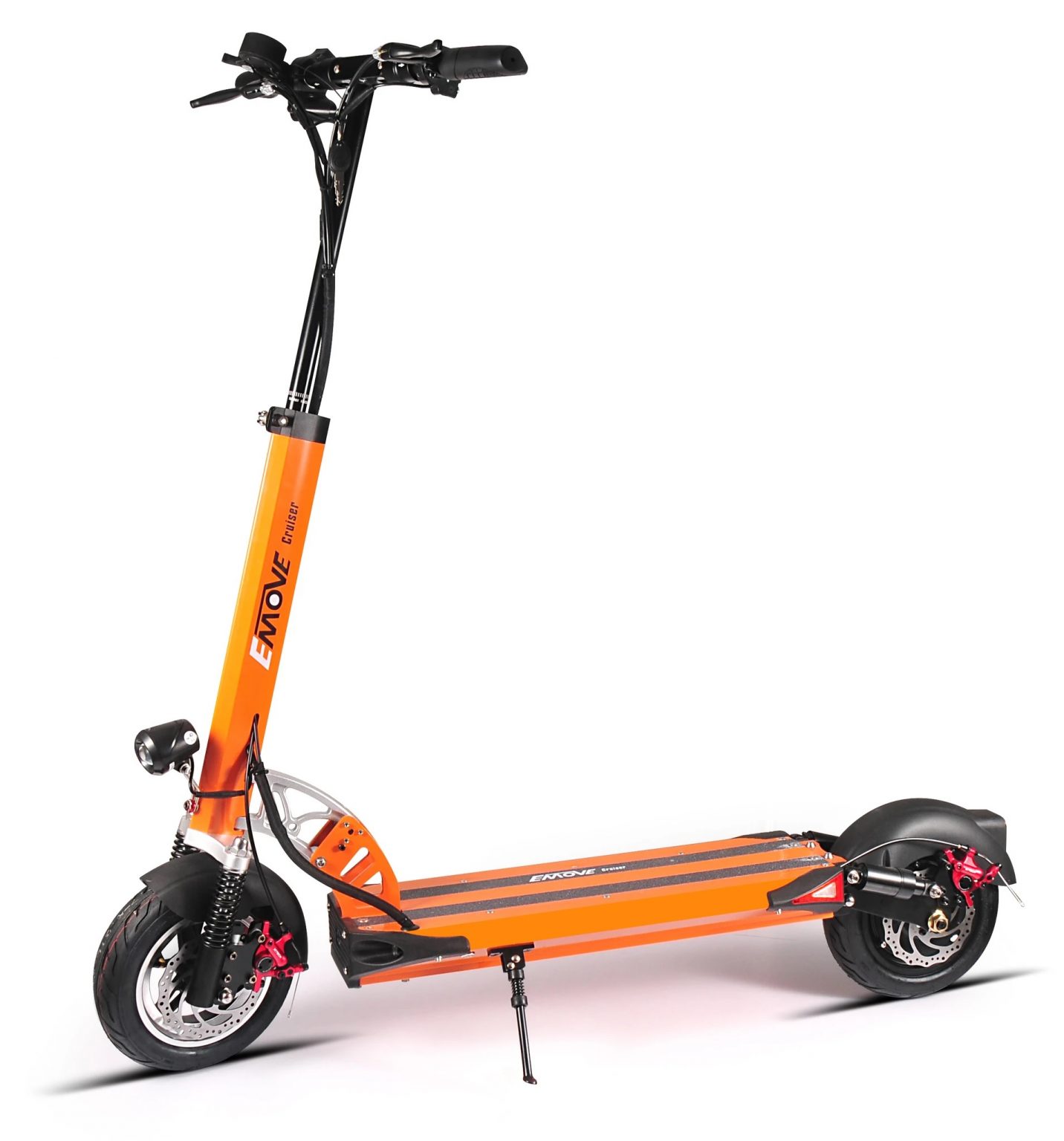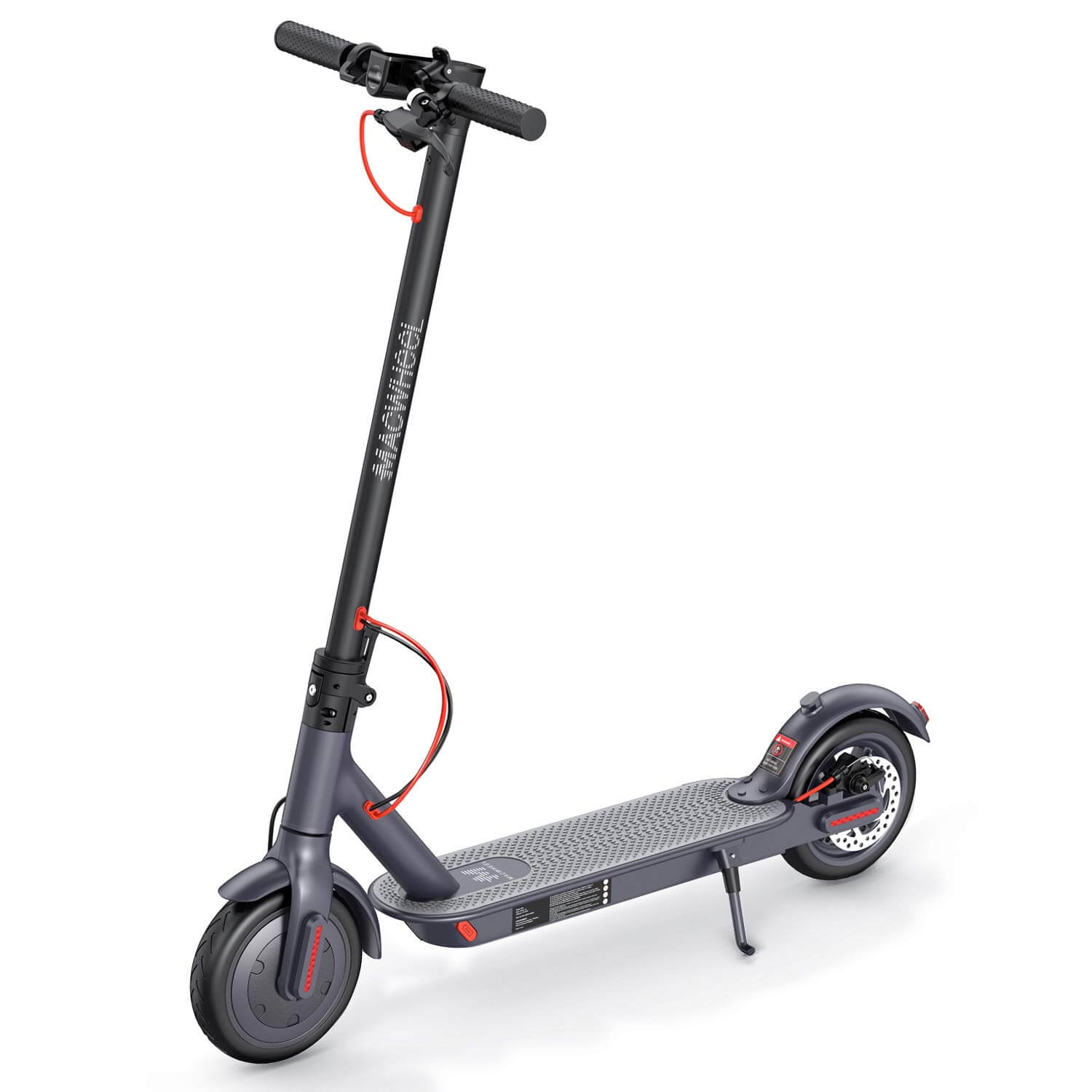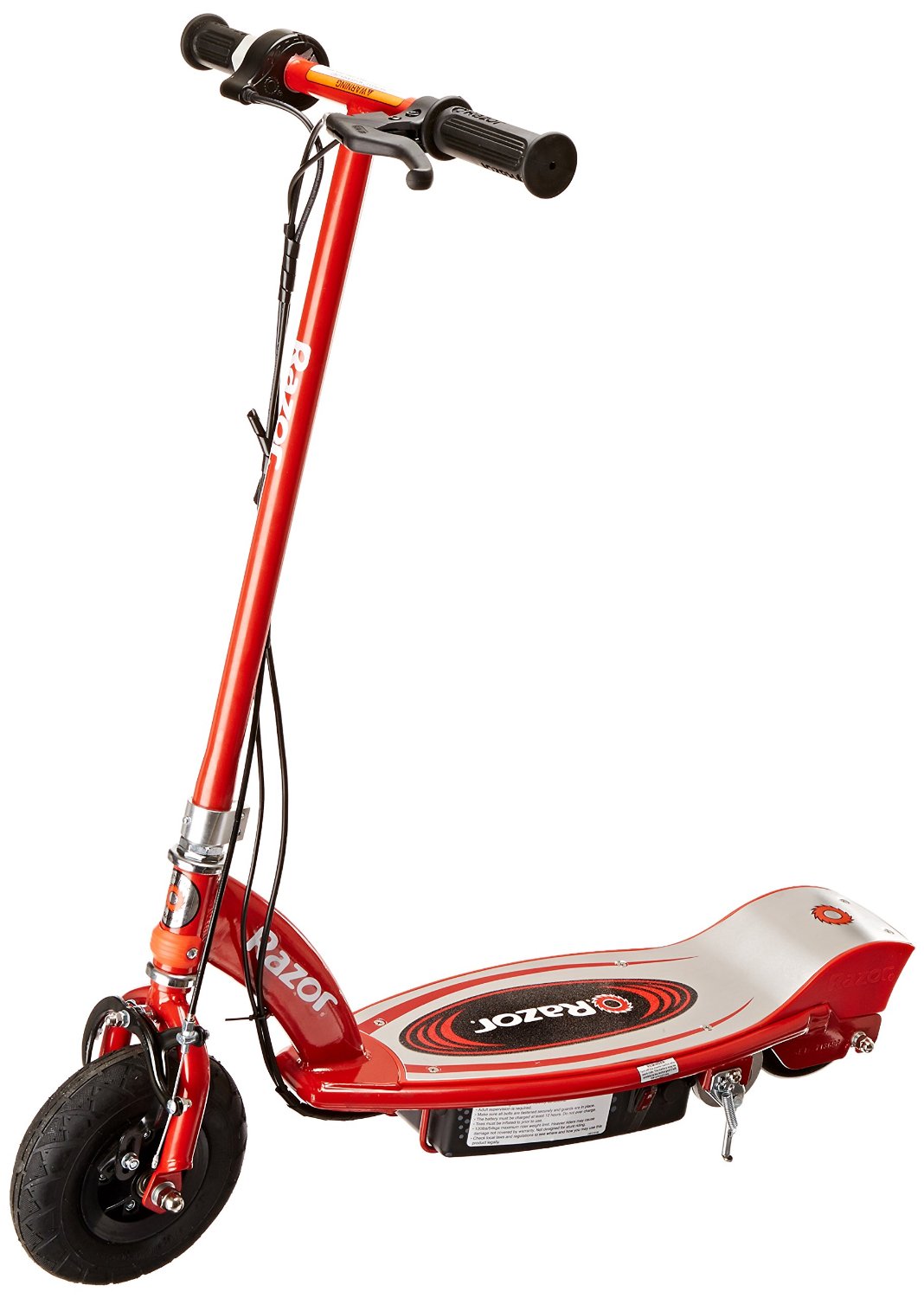I. Introduction

A. Importance of an electric scooter not turning on Having an electric scooter that won’t turn on can be frustrating, especially if you rely on it for transportation or leisure. It is important to identify and resolve the issue as quickly as possible to restore functionality to your scooter. B. Overview of troubleshooting steps In this article, we will discuss the common causes for an electric scooter not turning on and provide a step-by-step guide to troubleshoot and resolve the issue.
II. Common Causes for Electric Scooter Not Turning On
A. Battery Related Issues
- Insufficient battery charge One of the most common reasons for an electric scooter not turning on is an insufficient charge in the battery. The battery may have drained completely, or it may not have been charged properly.
- Faulty battery connections Loose or damaged battery connections can prevent power from reaching the scooter’s motor and electronics, resulting in the scooter not turning on.
B. Power Switch Problems

- Damaged power switch A damaged power switch can prevent the scooter from turning on. This can occur due to physical damage or wear and tear over time.
- Loose wiring connections Loose wiring connections to the power switch can prevent the circuit from being completed, resulting in the scooter not turning on.
C. Controller Malfunction
- Faulty controller unit The controller unit, which is responsible for regulating power to the motor, can malfunction and prevent the scooter from turning on. This can be due to a component failure or a software issue.
- Loose or damaged wiring harness A loose or damaged wiring harness connecting the controller unit to the scooter’s battery and other components can disrupt the flow of power and prevent the scooter from turning on.
III. Troubleshooting Steps
A. Basic Checks
- Verify battery charge level Start by checking the charge level of your scooter’s battery. Use a battery charger and ensure that the battery has been charged fully. If the battery is low, charge it according to the manufacturer’s instructions.
- Check battery connections Inspect the battery connections to ensure they are tight and secure. If you notice any loose or corroded connections, clean them and tighten them properly.
B. Inspecting Power Switch
- Examine power switch for damage or debris Inspect the power switch for any physical damage, such as cracks or breakage. Also, check for any debris or dirt that may be obstructing the switch. Clean the switch if necessary.
- Tighten any loose wiring connections Check the wiring connections to the power switch and tighten any loose connections. Ensure that the wires are securely attached and not frayed or damaged.
C. Testing Controller Unit
- Inspect controller for any visible damage Examine the controller unit for any visible signs of damage, such as burnt components or loose wires. If you notice any issues, it may be necessary to replace the controller unit.
- Check wiring harness for loose or damaged connections Inspect the wiring harness that connects the controller unit to the battery and other components. Look for any loose or damaged connections and repair or replace them if necessary.
IV. Fixing Common Issues

A. Battery Related Solutions
- Recharge or replace batteries if charge is insufficient If the battery charge is low, connect the scooter to a battery charger and allow it to charge fully. If the battery is unable to hold a charge or has reached the end of its lifespan, consider replacing it with a new one.
- Ensure tight and secure battery connections Check all battery connections for tightness and security. If any connections are loose or corroded, clean them and tighten them properly. This will ensure a proper flow of power from the battery to the scooter’s components.
B. Power Switch Solutions
- Replace damaged power switch If the power switch is physically damaged beyond repair, it will need to be replaced. Refer to the scooter’s user manual or consult a professional for instructions on finding and installing a new switch.
- Repair or replace loose wiring connections Inspect the wiring connections to the power switch and ensure they are tightly connected. If any wires are frayed or damaged, repair or replace them as needed.
C. Controller Solutions
- Replace faulty controller unit If the controller unit is malfunctioning and cannot be repaired, it will need to be replaced. Contact the scooter’s manufacturer or a reputable scooter parts store to find a compatible replacement unit.
- Repair or replace damaged wiring harness Inspect the wiring harness that connects the controller unit to the scooter’s components. If any wires are loose or damaged, they should be repaired or replaced. Make sure all connections are secure and properly routed.
V. Seeking Professional Help

A. When to consult a technician If you have attempted the troubleshooting steps mentioned above and are still unable to resolve the issue, it may be necessary to consult a professional technician. They will have the expertise and tools required to diagnose and fix the problem. B. Locating a reputable scooter repair service Search online for reputable scooter repair services in your area. Read customer reviews and check their credentials before making a decision. You can also ask for recommendations from friends, family, or other scooter owners who have had positive experiences with a particular repair service.
VI. Preventive Maintenance Tips
A. Regularly check battery charge To prevent an insufficient battery charge from causing your electric scooter to not turn on, make it a habit to check the battery charge regularly. Always charge the battery fully before using the scooter to avoid running out of power during your ride. B. Keep all wiring connections secure Inspect all wiring connections periodically and make sure they are tight and secure. Loose connections can cause electrical issues and prevent the scooter from turning on. If any connections are loose, tighten them immediately. C. Clean and maintain power switch Clean the power switch regularly to remove any dirt or debris that may interfere with its functionality. If the switch becomes damaged or starts to malfunction, address the issue promptly by repairing or replacing the switch.
By following these tips and guidelines, you should be able to troubleshoot and fix common issues that prevent your electric scooter from turning on. Remember to prioritize safety and consult a professional if you are uncertain or unable to resolve the problem yourself.

